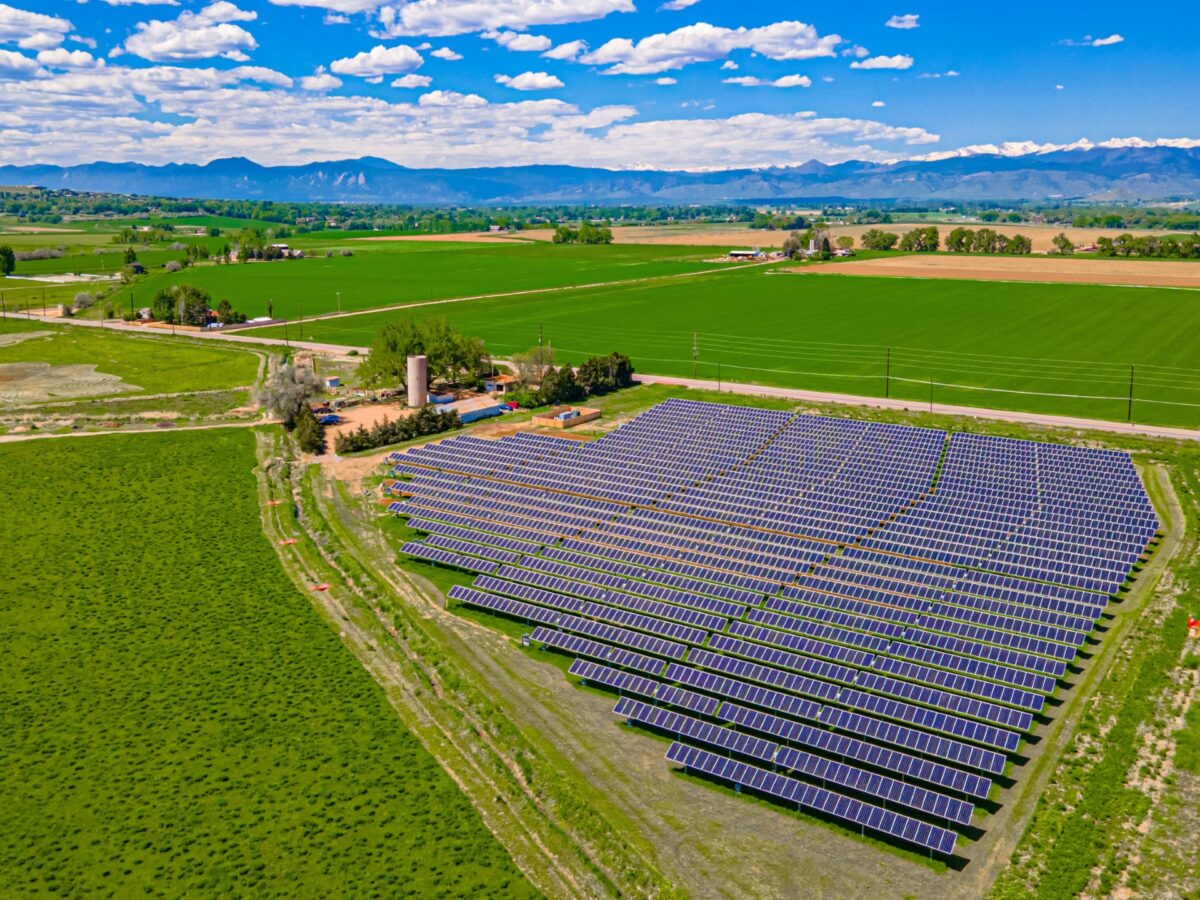An international research group has investigated the impact of ground mounted solar plants on grassland plots and has found it has a negligible impact on grassland carbon-water cycling.
The scientists also sought to answer questions about water retention and grassland ecosystem resistance to weather extremes such as droughts or heat waves but the answer to this was not clear at the end of the study.
“Indeed, we did not find that the agrivoltaic array increased grassland resistance to drought,” the corresponding author Steven A. Kannenberg told pv magazine. “However, as noted in the paper, I would like to clarify the possibility that this is because the structure of the model does not allow the grass to die back and then regrow after drought, which is commonly observed in natural settings,”
To discover more about the impact of the reduction in light availability caused by solar photovoltaic arrays on grassland photosynthesis, the researchers used a combination of field measurements and a well-established plant hydraulic and soil hydrology model to simulate grassland physiology and hourly carbon-water fluxes over a 23-year time period.
They found that although the agrivoltaic array reduced light availability by 38%, photosynthesis and above ground net primary productivity were reduced by 6 to 7%. Another metric analyzed by the researchers, evapotranspiration, showed a 1.3% decrease compared to a reference land plot with no solar plant.
The grassland plot in the study is dominated by smooth brome (Bromus inermis), a common C3 pasture grass, said the researchers. It is located in Colorado with an east-west oriented 1.2 MW plant equipped with single-axis trackers, installed at a flat panel height of 1.8 m with 5.2 m between rows. The paper notes that care was taken to minimize the impact on soils and vegetation. For example, the land was not graded for installation.
Popular content
The researchers said the minimal changes in carbon-water cycling occurred largely because plant photosynthetic traits underneath the solar panels changed to take advantage of the dynamic shading environment. They conclude that agrivoltaic systems can serve as a scalable way to expand solar energy production while maintaining ecosystem function in managed grasslands, especially in climates where water is more limiting than light.
“We are planning to continue this research. This paper is one of the first of hopefully many that will come out of work done in Colorado. And we would always be interested in hearing about research from industry on this topic,” corresponding author Steven A. Kannenberg told pv magazine.
The scientists presented their findings in “Grassland carbon-water cycling is minimally impacted by a photovoltaic array,” published in communications earth environment. They come from Colorado State University and the Technical University of Madrid in Spain.
This content is protected by copyright and may not be reused. If you want to cooperate with us and would like to reuse some of our content, please contact: editors@pv-magazine.com.


1 comment
By submitting this form you agree to pv magazine using your data for the purposes of publishing your comment.
Your personal data will only be disclosed or otherwise transmitted to third parties for the purposes of spam filtering or if this is necessary for technical maintenance of the website. Any other transfer to third parties will not take place unless this is justified on the basis of applicable data protection regulations or if pv magazine is legally obliged to do so.
You may revoke this consent at any time with effect for the future, in which case your personal data will be deleted immediately. Otherwise, your data will be deleted if pv magazine has processed your request or the purpose of data storage is fulfilled.
Further information on data privacy can be found in our Data Protection Policy.